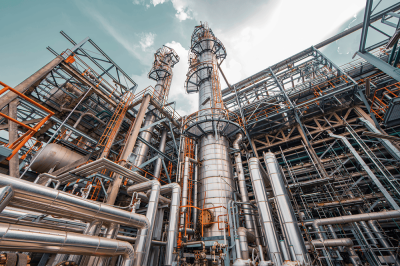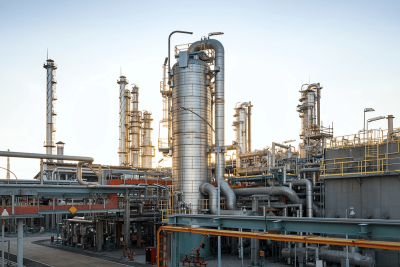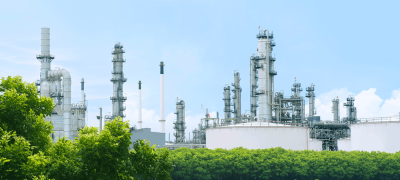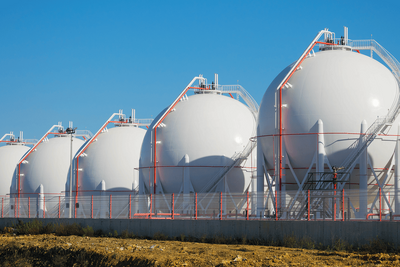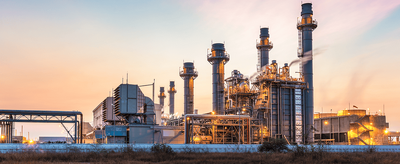
Dive into this eBook for innovative strategies and technologies to revolutionize industrial energy use.
Dive into this eBook for innovative strategies and technologies to revolutionize industrial energy use.
Co-processing vegetable oils with crude fractions introduces new challenges with corrosion. Get an in-depth analysis of these corrosion risks and solutions.
Corrosion management strategies for oil refinery overhead systems are examined in this paper. A case study approach shows how best practices and advanced thermodynamic modeling predicts and mitigates corrosion.
We take a look at the benefits of implementing a site-wide digital twin and share a case study on Saudi Aramco's use of a digital twin.
Find out how cloud-based platforms, real-time optimization, and process digital twins help refiners optimize operations and achieve sustainable growth.
Download the paper to learn the impact of energy management systems for green hydrogen on cost, emissions and efficiency.
Discover how a structured digitalization roadmap and value sustainment strategy are pivotal in maximizing ROI, efficiency gains, and competitive advantage in this evolving refinery landscape.
Discover how two LNG operators improved site efficiency, reduced costs, and complied with environmental regulations by integrating a scheduling and production accounting system with an energy management system.
This paper discusses how IIoT technologies optimize operations to improve efficiency and reliability.
Discover how a mid-sized refinery leveraged technology to drive digital transformation and optimize energy systems.
Learn how Integrated Asset Models provide real-time insights, optimize operations, and enhance sustainability.
Understand how digitalization technologies can help extract value from large data sets and turn them into meaningful insights that can help operators identify problems in a timely manner.
